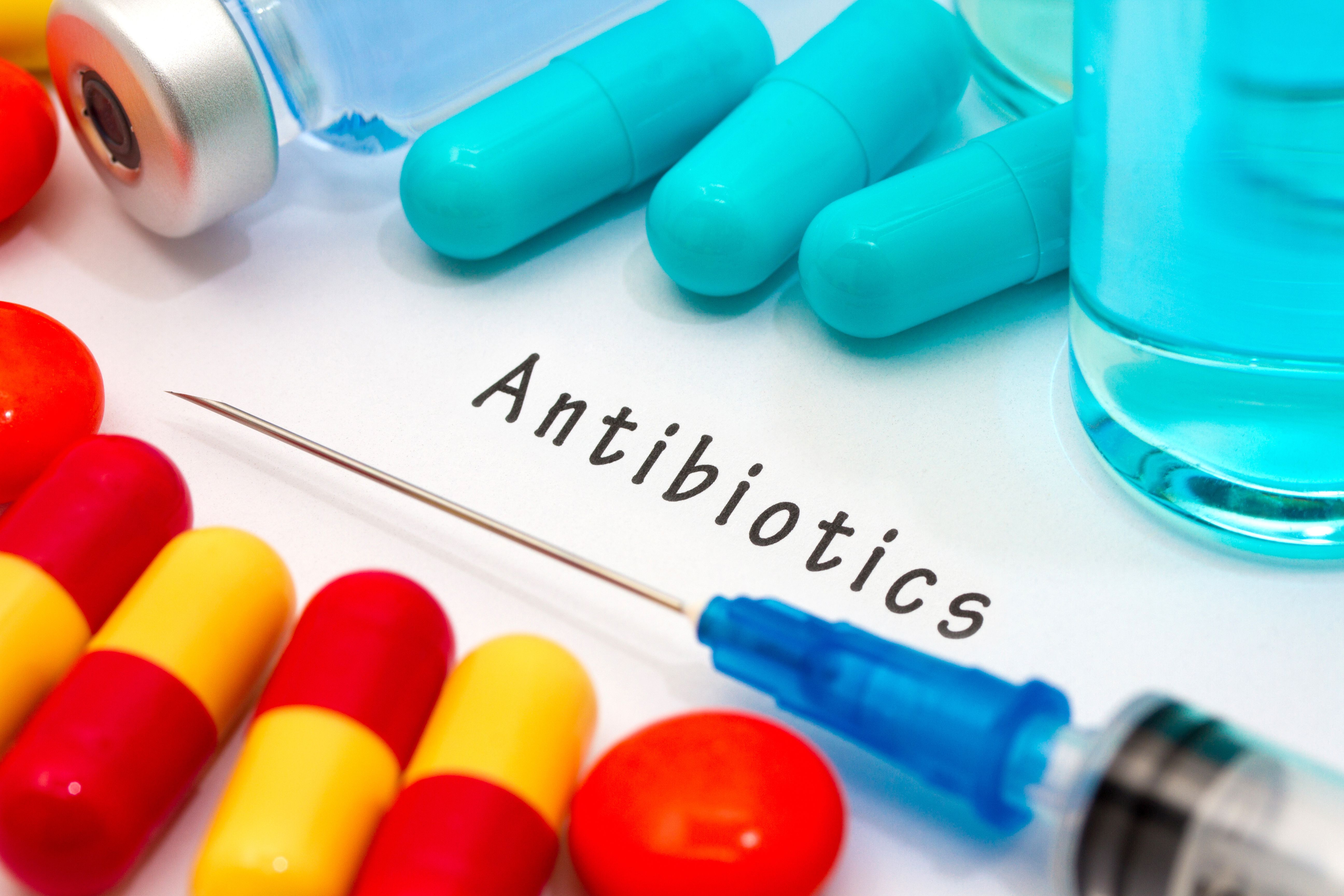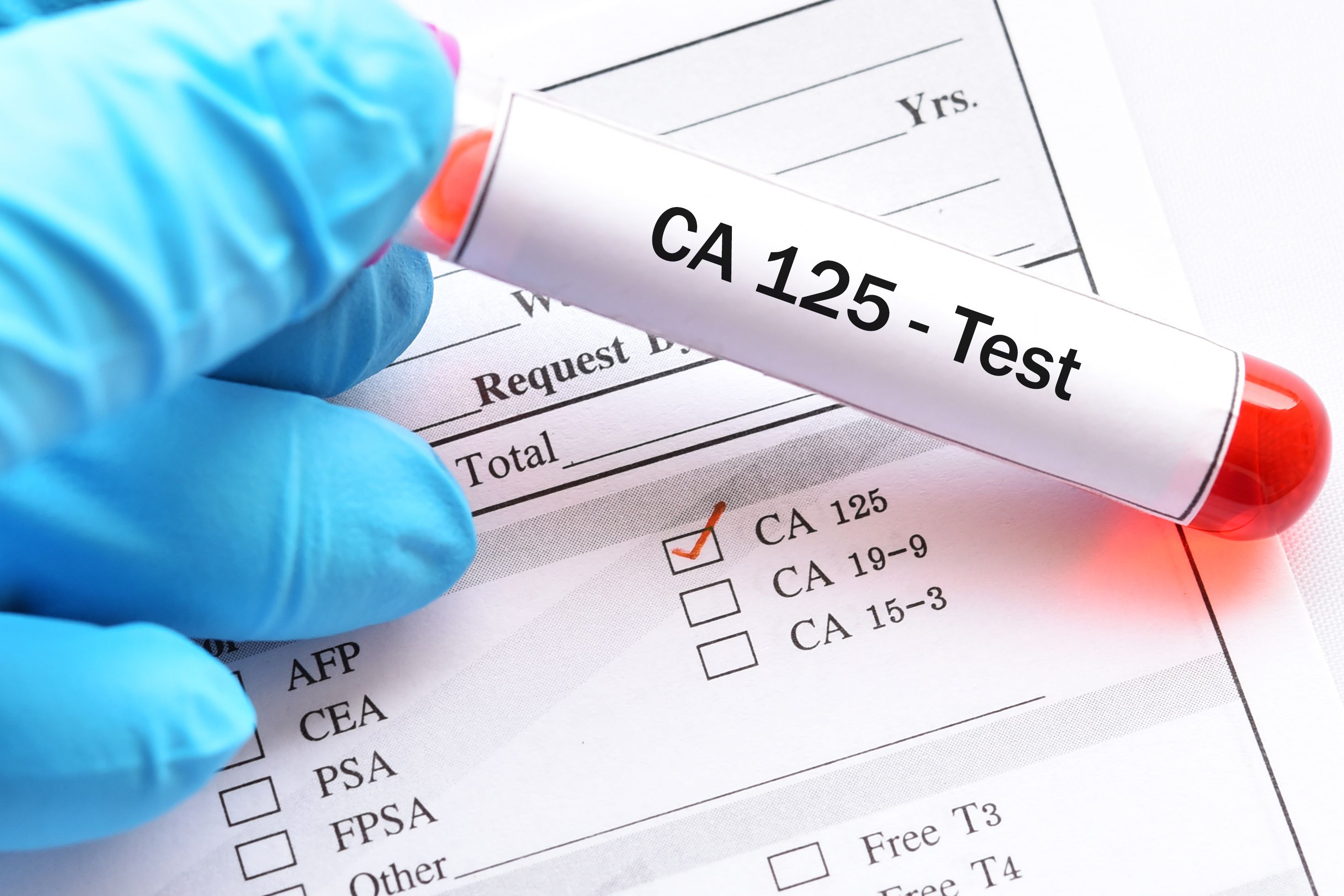News
Article
Meta-Study Analyzes Immunosuppressive Protocols for AAV Gene Therapy for Monogenic Disorders
Author(s):
Immunosuppressants used in adeno-associated virus (AAV) gene therapy for monogenic disorders present an adverse effect profile that is consistent with high-dose steroid use in other conditions, according to a meta-study that analyzed immunosuppressive protocols.
Immunosuppressants deployed in adeno-associated virus (AAV) gene therapy for monogenic disorders present an adverse effect (AE) profile that is consistent with high-dose steroid use in other conditions, according to a systematic review of 38 clinical trials and 35 real-world studies in Molecular Therapy.1
Patients exhibited an AE in more than three-quarters of the 38 clinical trials, which included 19 AAV gene therapies. Increased levels of liver enzymes or liver toxicity were the most commonly reported AE, which were recorded in 21 clinical trials. These increases in liver enzymes were successfully treated with prednisolone. A significant increase in neutralizing antibodies (NAbs) was reported, independent of the AAV serotypes and administration route used.
In roughly three-quarters of the studies, patients received prophylactic immunosuppression either before, on the day of, or immediately after AAV gene therapy administration. | Image Credit: © Degimages - stock.adobe.com

All patients with inherited retinal dystrophy reported subjective vision improvement following voretigene neparvovec (VN) gene therapy.
There was a significant increase in interferon (IFN)-g antigen-specific T cells after treatment, and an elevation of inflammatory cytokines in serum was associated with vector reactogenicity. Two studies reported Treg induction, although all patients developed high titers of binding IgG and NAbs.
The review was inconclusive as to whether any immunosuppressive agents offered an added safety benefit.
The 35 real-world studies, which examined spinal muscular atrophy (SMA), inherited retinal dystrophy, and hemophilia, demonstrate the effectiveness of onasemnogene abeparvovec (OA) in a large patient population, according to the study.
“Observed AEs were consistent with the established safety profile of OA. Common AEs included pyrexia, vomiting, thrombocytopenia, and elevated liver enzymes. AEs related to OA were frequent and sometimes serious,” the authors wrote.
The review included studies conducted mainly in the US, the UK, Germany, Australia and France. More than half the studies occurred between 2021 and 2023, and all were conducted in 2008 or later. The studies evaluated treatment for 15 diseases including hemophilia, SMA, Leber congenital amaurosis, and Duchenne muscular dystrophy. Of the 15 AAV serotypes used, the most common was AAV9. In 58% of cases, AAV vectors were administered via intravenous injection or infusion. Dose varied and depended on the disease and vector type. In roughly three-quarters of the studies, patients received prophylactic immunosuppression either before, on the day of, or immediately after AAV gene therapy administration.
Immunosuppressive treatments included different corticosteroids, tacrolimus, mycophenolate mofetil, cyclosporine, sirolimus, and rituximab, but most commonly, prednisolone, prednisone, and methylprednisolone. Corticosteroids were used either on their own, or in conjunction with other immunosuppressants, in nearly all the studies. Prednisolone dosages ranged from 1 to 2 mg/kg, with a total daily dose in the 30 to 60 mg range. In nearly all cases, prednisolone was administered in a tapering dose over a period of days and weeks, with durations from 7 to 133 days. Roughly a quarter of the studies reported an increase in dose or additional immunosuppressive agents in response to immunogenicity that occurred in individual patients.
AAV can be used as a transduction vector in humans for gene therapy. The first 2 gene therapy products approved by the FDA used AAV2 and AAV9 vectors for gene delivery, according to the FDA.2
“Gene therapy using AAV vectors shows promise for treating rare genetic diseases. However, the high costs and risks associated with developing these therapies must be considered in the real-world deployment of these therapies. Conducting robust clinical trials in rare diseases can present complexity and challenges but are necessary to assess the risks and benefits. Improving safety, immunosuppressive regimens, patient risk assessment, and comparing gene therapy to other treatments are key factors to consider,” the authors wrote.1
References
- Vrellaku B, Sethw Hassan I, Howitt R, et al. A systematic review of immunosuppressive protocols used in AAV gene therapy for monogenic disorders. Mol Ther. Published online July 22, 2024. doi:10.1016/j.ymthe.2024.07.016
- Immunogenicity of gene therapy products. FDA. Accessed September 11, 2024. https://www.fda.gov/vaccines-blood-biologics/science-research-biologics/immunogenicity-gene-therapy-products#:~:text=The%20first%20two%20gene%20therapy,cellular%20therapies%2C%20is%20their%20immunogenicity




